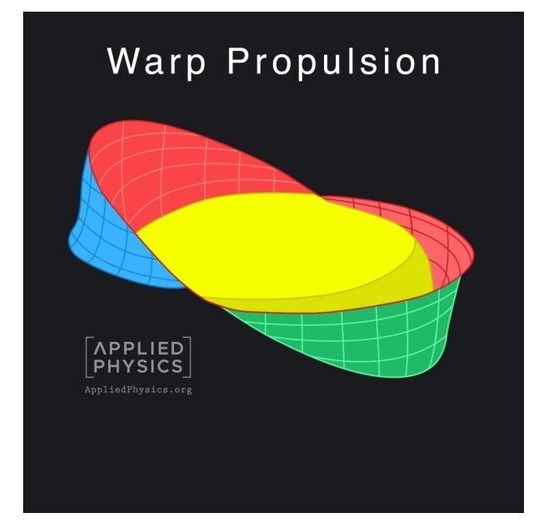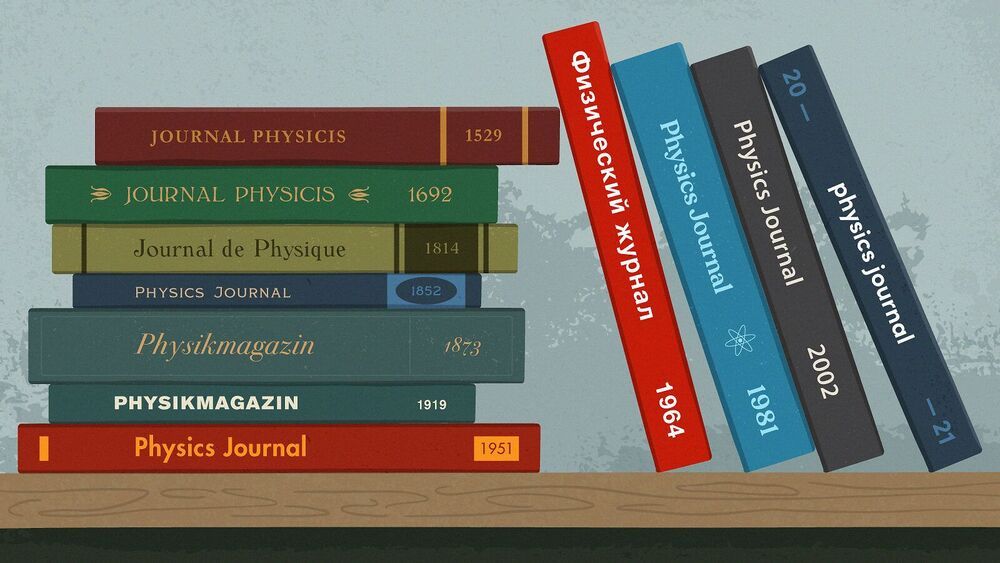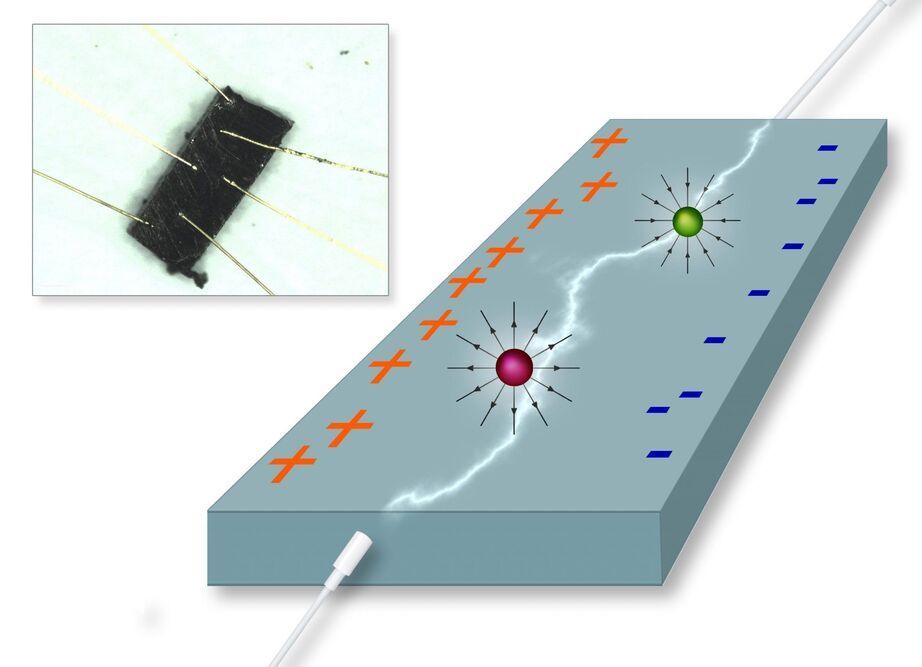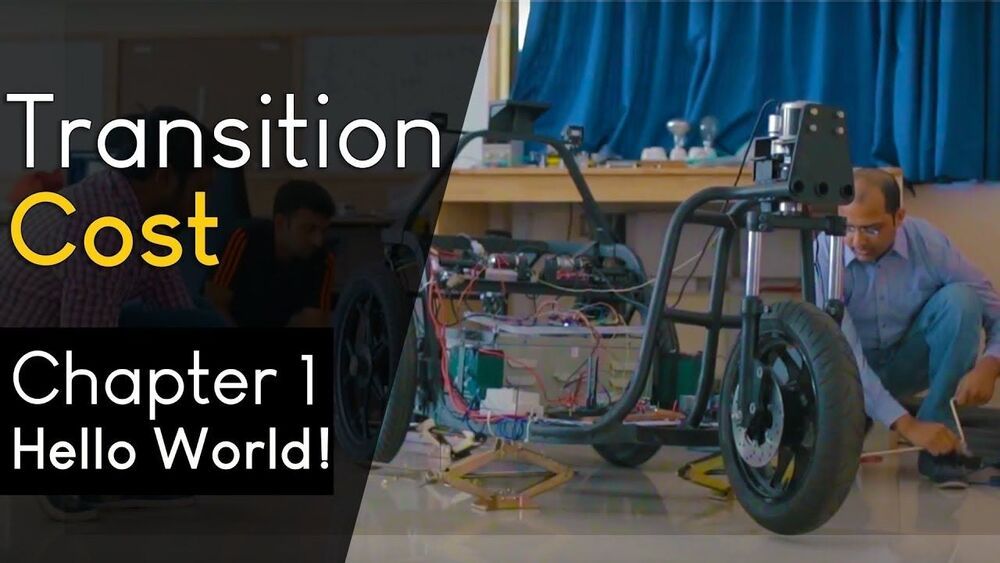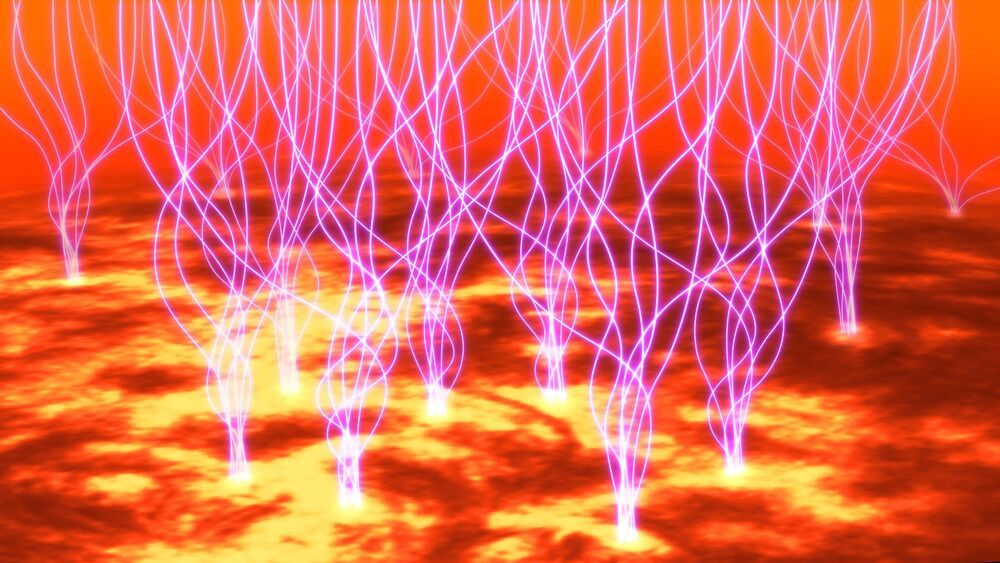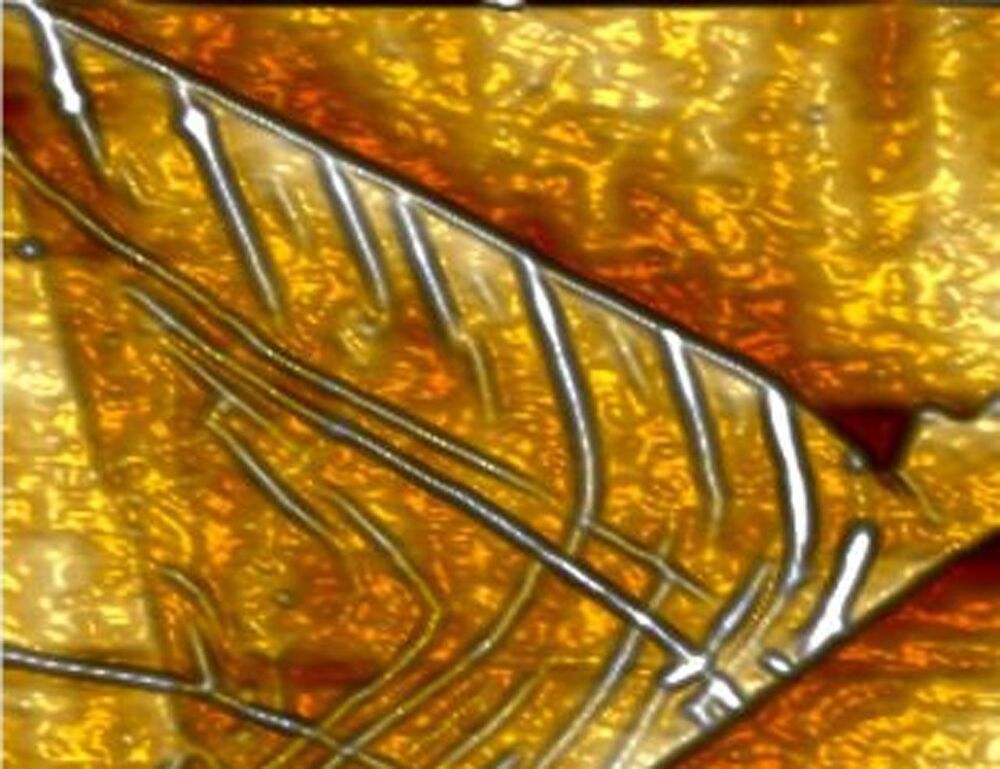Mar 2, 2021
Warp Drives Are No Longer Science Fiction
Posted by Jose Ruben Rodriguez Fuentes in categories: business, physics, space travel
NEW YORK—(BUSINESS WIRE)—Scientists at Applied Physics are excited to announce they have recently constructed the first model of physical warp drives.
“While we still can’t break the speed of light, we don’t need to in order to become an interstellar species” Tweet this
Applied Physics is an independent group of scientists, engineers, and inventors that advise companies and governments on science and technology for both commercial and humanitarian applications.
